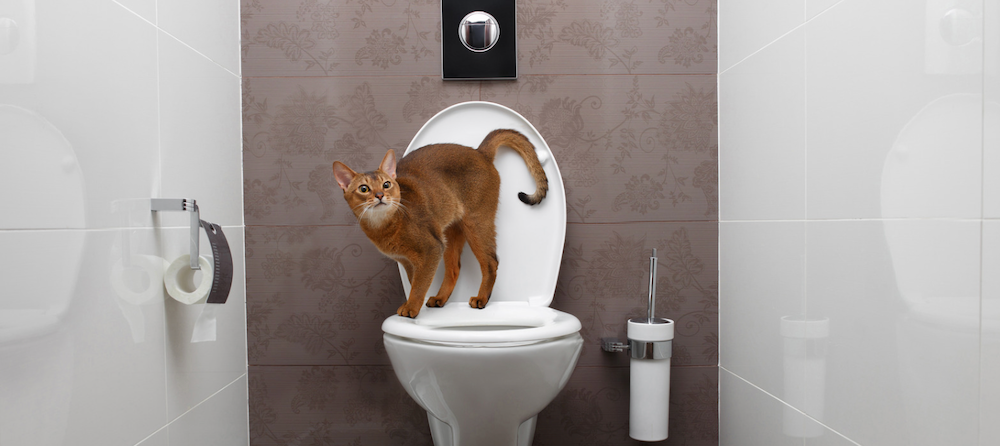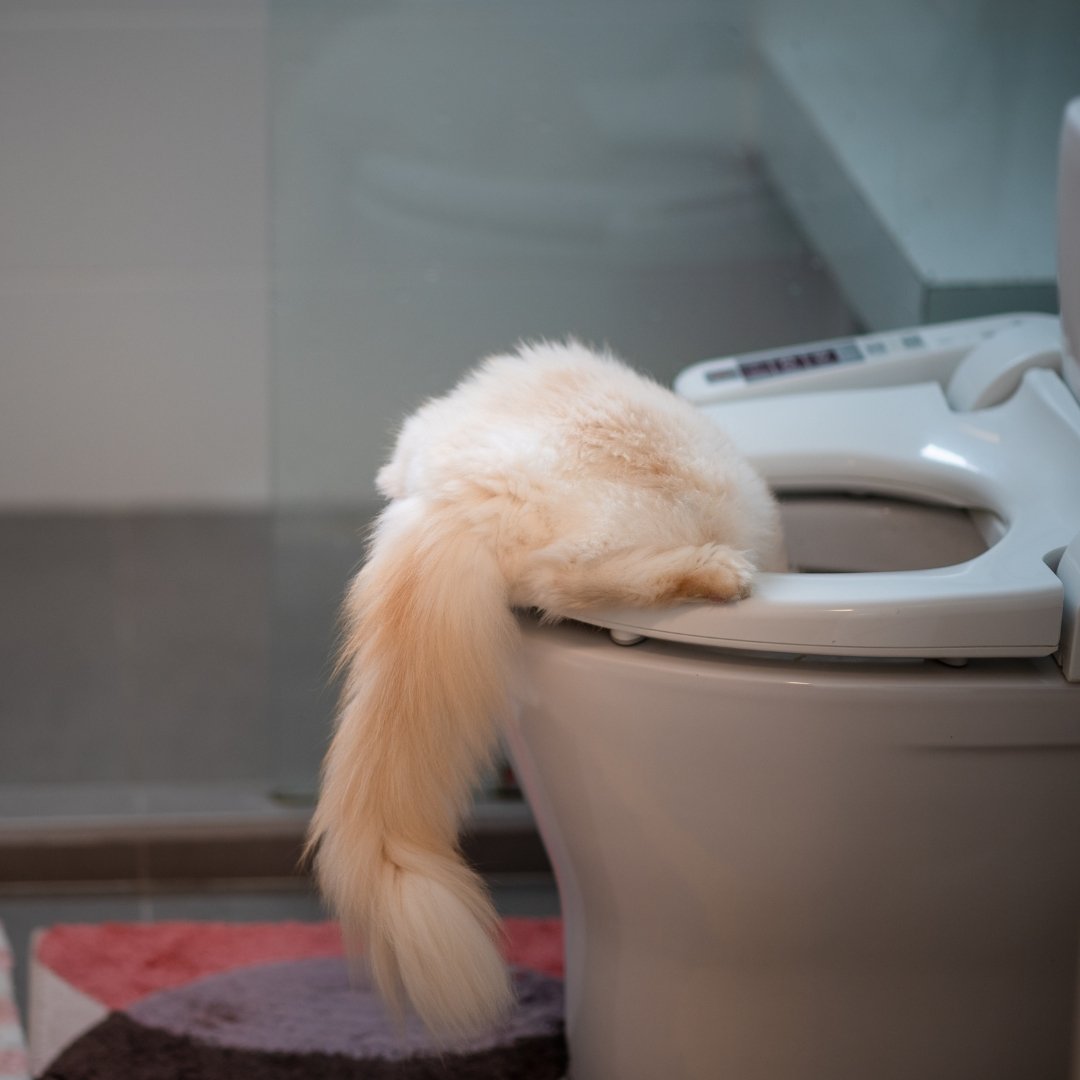Just how do you really feel in regards to Can You Flush Cat Poop Down The Toilet??

Intro
As pet cat proprietors, it's necessary to be mindful of exactly how we dispose of our feline pals' waste. While it might appear practical to purge feline poop down the bathroom, this method can have damaging repercussions for both the atmosphere and human health and wellness.
Alternatives to Flushing
Luckily, there are much safer and much more responsible ways to dispose of pet cat poop. Think about the complying with choices:
1. Scoop and Dispose in Trash
One of the most usual method of disposing of cat poop is to scoop it into a biodegradable bag and toss it in the trash. Make certain to use a devoted trash inside story and dispose of the waste quickly.
2. Usage Biodegradable Litter
Select eco-friendly feline trash made from materials such as corn or wheat. These trashes are environmentally friendly and can be safely gotten rid of in the trash.
3. Hide in the Yard
If you have a backyard, consider burying feline waste in a marked area away from vegetable yards and water resources. Make certain to dig deep adequate to stop contamination of groundwater.
4. Install a Pet Waste Disposal System
Invest in an animal waste disposal system particularly created for feline waste. These systems utilize enzymes to break down the waste, minimizing odor and environmental impact.
Health Risks
Along with ecological worries, flushing cat waste can additionally present health and wellness risks to people. Pet cat feces might contain Toxoplasma gondii, a bloodsucker that can trigger toxoplasmosis-- a possibly serious disease, especially for expecting females and individuals with damaged immune systems.
Environmental Impact
Purging cat poop presents dangerous pathogens and parasites right into the water supply, presenting a substantial risk to water ecological communities. These contaminants can negatively affect aquatic life and concession water top quality.
Final thought
Accountable family pet possession expands beyond offering food and shelter-- it likewise involves proper waste administration. By avoiding purging feline poop down the toilet and choosing different disposal techniques, we can decrease our environmental footprint and shield human health.
Why Can’t I Flush Cat Poop?
It Spreads a Parasite
Cats are frequently infected with a parasite called toxoplasma gondii. The parasite causes an infection called toxoplasmosis. It is usually harmless to cats. The parasite only uses cat poop as a host for its eggs. Otherwise, the cat’s immune system usually keeps the infection at low enough levels to maintain its own health. But it does not stop the develop of eggs. These eggs are tiny and surprisingly tough. They may survive for a year before they begin to grow. But that’s the problem.
Our wastewater system is not designed to deal with toxoplasmosis eggs. Instead, most eggs will flush from your toilet into sewers and wastewater management plants. After the sewage is treated for many other harmful things in it, it is typically released into local rivers, lakes, or oceans. Here, the toxoplasmosis eggs can find new hosts, including starfish, crabs, otters, and many other wildlife. For many, this is a significant risk to their health. Toxoplasmosis can also end up infecting water sources that are important for agriculture, which means our deer, pigs, and sheep can get infected too.
Is There Risk to Humans?
There can be a risk to human life from flushing cat poop down the toilet. If you do so, the parasites from your cat’s poop can end up in shellfish, game animals, or livestock. If this meat is then served raw or undercooked, the people who eat it can get sick.
In fact, according to the CDC, 40 million people in the United States are infected with toxoplasma gondii. They get it from exposure to infected seafood, or from some kind of cat poop contamination, like drinking from a stream that is contaminated or touching anything that has come into contact with cat poop. That includes just cleaning a cat litter box.
Most people who get infected with these parasites will not develop any symptoms. However, for pregnant women or for those with compromised immune systems, the parasite can cause severe health problems.
How to Handle Cat Poop
The best way to handle cat poop is actually to clean the box more often. The eggs that the parasite sheds will not become active until one to five days after the cat poops. That means that if you clean daily, you’re much less likely to come into direct contact with infectious eggs.
That said, always dispose of cat poop in the garbage and not down the toilet. Wash your hands before and after you clean the litter box, and bring the bag of poop right outside to your garbage bins.
https://trenchlesssolutionsusa.com/why-cant-i-flush-cat-poop/

I'm very eager about How to Dispose of Cat Poop and Litter Without Plastic Bags and I am praying you liked the new blog entry. Loved our entry? Please share it. Help other people find it. Thank you for your time invested reading it.
See Availability
Comments on “Potential Risks of Flushing Cat Poop Down Your Toilet - Advice for Better Disposal”